- WE MOVED !!!
-
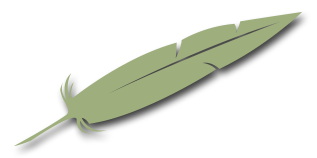 Professional Acupuncture & Physical Therapy1118 East Superior Street
Professional Acupuncture & Physical Therapy1118 East Superior Street
Duluth, MN 55802(218) 724-3400 Clinic Hours
Mon8:00 am - 4:30 pmTue1:45 pm - 4:30 pmWed8:00 am - 4:30 pmThu8:00 am - 4:30 pmFriCLOSED
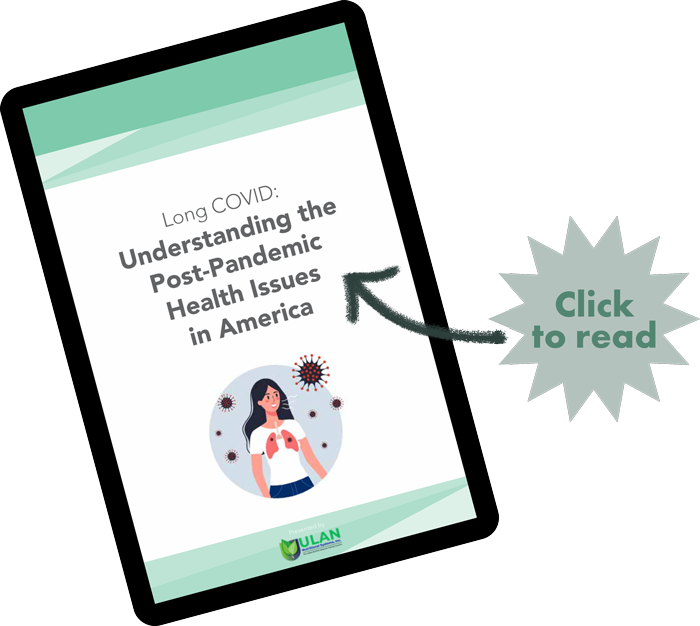
- Long Covid Booklet
Blog
Healthy Eating According to Traditional Chinese Medicine

Do you consider yourself a healthy eater? Do you follow the guidelines set forth by the government for healthy eating? Or have you gone rogue? There are as many different definitions of healthy as there are colors in the rainbow. But according to traditional Chinese medicine, there are certain guidelines that will keep the body happy and healthy throughout life. Let’s explore this a little deeper.
The Traditional Chinese Medicine diet is based on energetic principles that encourage balance, clean burning digestion and a well-functioning body that remains free of disease and full of energy. Eating for balance is a way of life in Traditional Chinese Medicine theory. There are certain foods that help the digestive system function properly and allow the body to utilize the nutrients it needs to perform. When food enters the mouth, it travels through the stomach and intestines. This is where the energy is extracted from the food and the waste products are excreted. The energy that was extracted become your life force or Qi (pronounced “chee”). Digestion, in TCM theory, should be an unnoticeable event. The digestive system should be clean and quiet, allowing the body to extract the most nutrition and energy from the food that is ingested. If the digestive system becomes clogged, the energy does not get adequately absorbed and there is leftover residue that sticks to places within the body thus causing blockages and affecting the body’s daily functions.
Dampness is the most common byproduct of eating foods that create blockages in the digestive system. Foods that create dampness include cheese, yogurt, white flour and sugar. Dampness causes blockages or stagnations that can then lead to pain and disease. Symptoms of accumulated dampness include mucus, loose stools or constipation, excess weight gain and swollen joints. Chronic allergies and arthritis are two Western medicine diseases that are very closely linked to dampness.
To avoid disease, the TCM diet recommends things like steamed rice, cooked vegetables and small quantities of animal protein. Vegetables play a major role in draining dampness and are packed with nutrition. The more colorful the vegetables, the healthier they are for the body, as they contain lots of antioxidants that promote health and longevity. Your plate should begin with large quantities of brightly colored and lightly cooked vegetables. Leafy greens are very important also as they are some of the most balancing and nutrient dense foods available.
Rice is a balanced food that is easily digested. Rice is also hypo-allergenic and this is advantageous to those who are dealing with allergies as it is very gentle on the digestive system. White rice tends to be more cleansing, while brown rice is considered more nourishing. Rice is a clean burning food that gently drains dampness from the body.
Protein is the final component of a healthy TCM diet. Animal proteins and beans are difficult to digest and therefore are only suggested in small quantities. Beans are better overall than animal proteins as they do help absorb dampness and they provide fiber.
There are several things that should be avoided in the TCM diet. Dairy is one of the biggest culprits of creating dampness. It is also cold in nature and this is a hindrance to the digestion. Cold, raw foods are culprits in the formation of dampness, as it is difficult for the body to process them. This is why foods ingested should be at least at body temperature. When the body has to heat the food, it drains the energetic resources of the body, which weakens the body over time. So things like salads, chilled food, iced drinks and frozen foods should not be included in the daily diet.
When it comes to healthy eating, it is obvious that most of the United States doesn’t adhere to the aforementioned guidelines. If you are truly trying to eat healthy and you are dealing with illness, why not consider trying the TCM way of eating? You might be surprised at how your body changes.
Food as Medicine – Cucumber
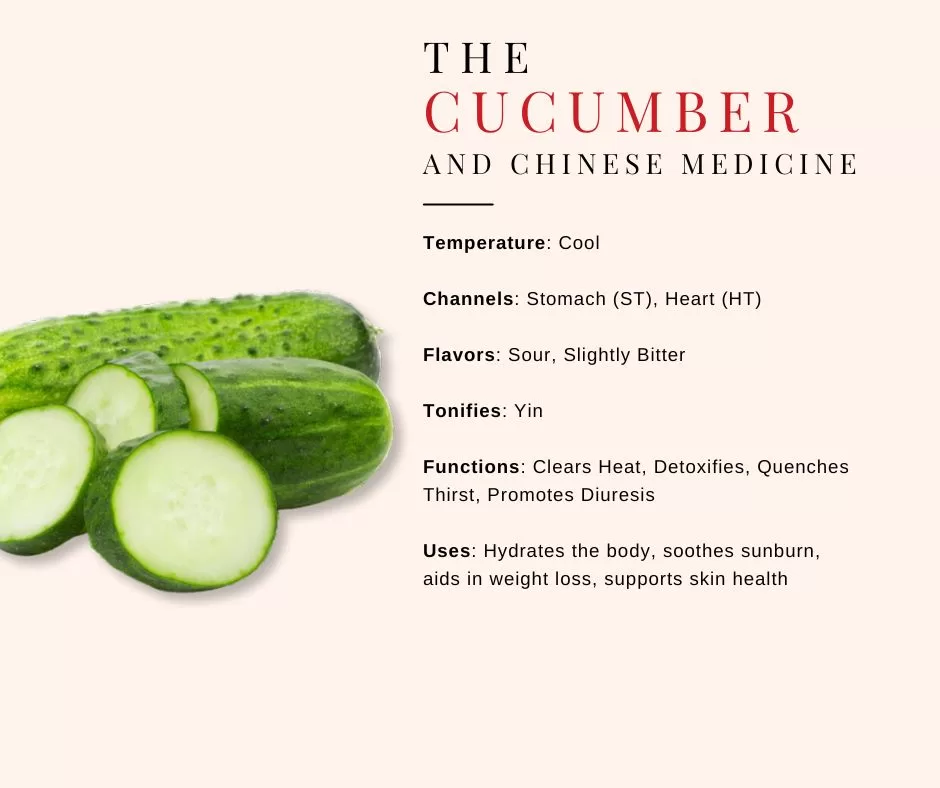
Cucumber
Cucumber, with its cool nature and sweet flavor, is excellent for summer or any heat-related conditions. It resonates with the Stomach and Heart channels, helping to clear hear and detoxify the body. Futhermore, cucumber supports the Yin, making it useful in treating dehydration and promoting overall skin health. Its hydrating properties also make it an ideal choice for weight management and urinary health.
Tangy Cucumber Salad
A refreshing and hydrating salad that pairs well with grilled meats or as a standalone snack. Cucumber provides hydration and essential vitamins, while the tangy dressing adds a burst of flavor.
Ingredients
- 2 medium cucumbers, thinly sliced
- 2 tablespoons apple cider vinegar
- 1 tablespoons olive oil
- 1 teaspoon honey
- 1 teaspoon Dijon mustard
- Salt and pepper to taste
- 2 tablespoons chopped fresh dill (optional)
Preparation
- Whisk together apple cider vinegar, olive oil, honey, Dijon mustard, salt, and pepper.
- Combine thinly sliced cucumbers with the dressing.
- Before serving, sprinkle with chopped fresh dill.
Food As Medicine – Lime
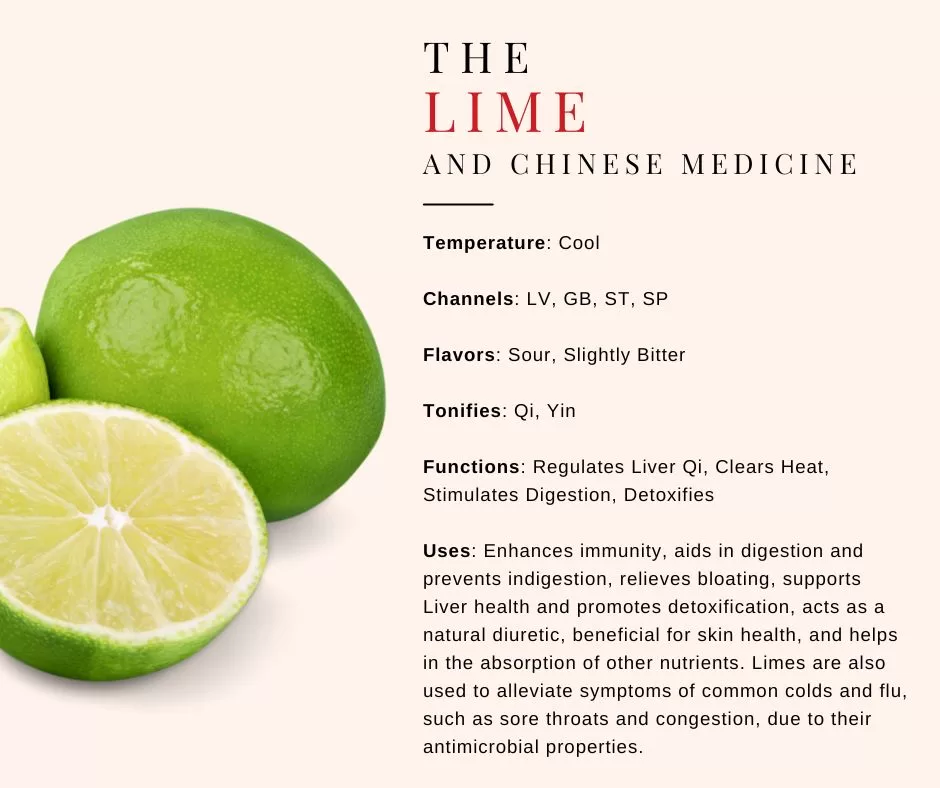
The Lime
Lime, with its cool nature and sour flavor, is excellent for spring and summer when internal heat may rise. It resonates with the Liver and Digestive system, helping to regulate Qi and aid in digestion. Furthermore, lime supports the body/s detoxification processes, making it useful in treating indigestion, bloating and enhancing overall skin health. Its refreshing quality also makes it a popular choice for boosting immunity and preventing common cold symptoms.
Cilantro Lime Rice
A refreshing side dish that can complement any meal. Cook rice as usual then stir in lime juice, zest, and chopped cilantro after it’s cooked. Lime adds a zesty flavor and aids in digestion, while cilantro supports detoxification.
Ingredients
- 1 cup rice
- 2 tablespoons lime juice
- Zest of lime
- A quarter chopped cilantro
Preparation
- Cook rice according to package instructions.
- Once cooked, while still warm, add lime juice, lime zest, and chopped cilantro.
- Stir well and serve
Kitchen Remedies for Radiant Skin: Unlocking the Power of Natural Ingredients
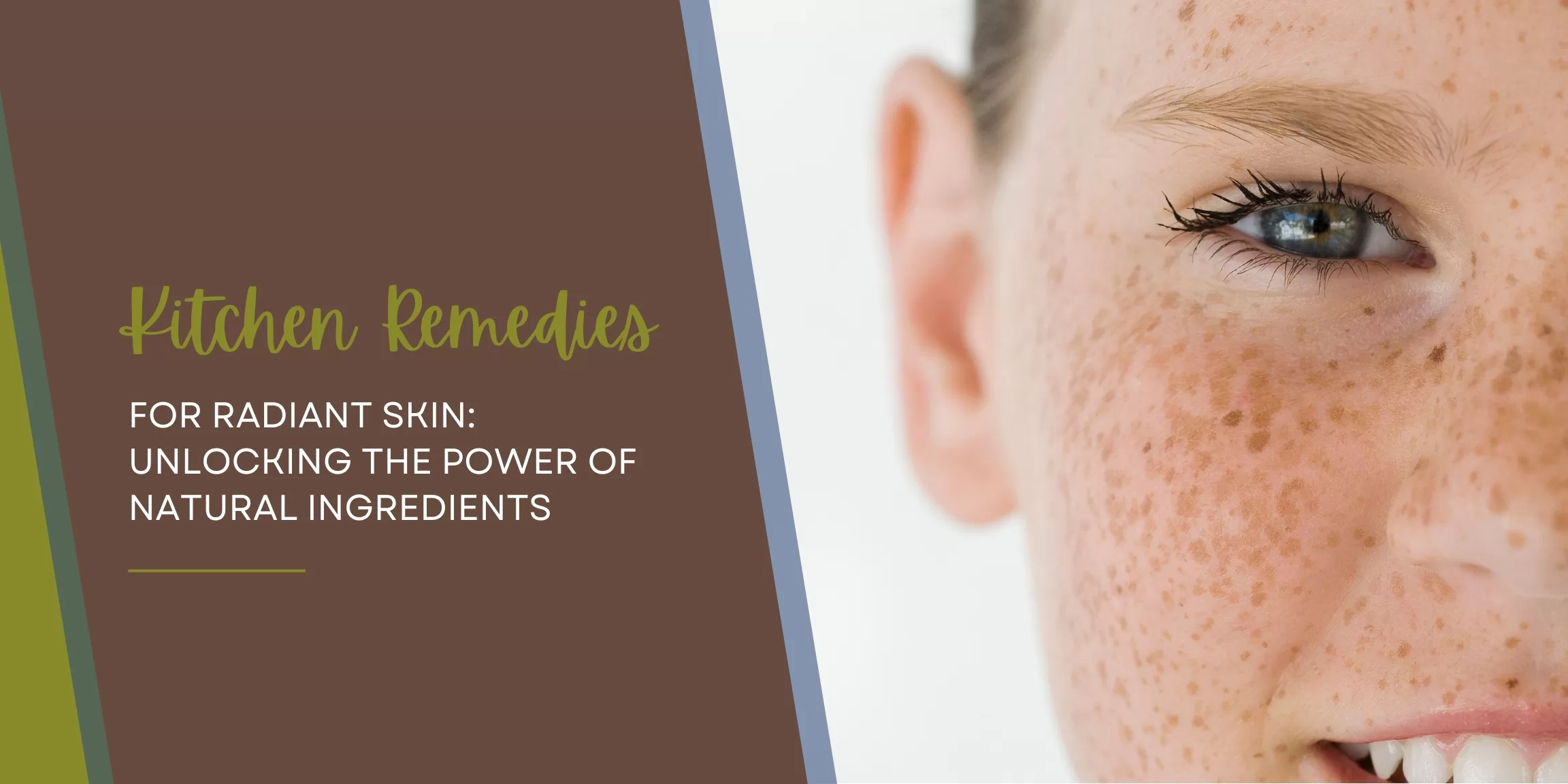
When it comes to achieving healthy and radiant skin, sometimes the best solutions can be found right in your kitchen. Nature has provided us with an array of powerful ingredients that can nourish and rejuvenate our skin. By incorporating kitchen remedies into your skincare routine, you can harness the power of natural ingredients to promote a glowing complexion. Let’s explore some easy and effective kitchen remedies for skin health.
1. Honey for Hydration:
Honey is a true skincare gem with its moisturizing and antibacterial properties. It helps to retain moisture, leaving your skin soft and supple. Apply a thin layer of raw honey to your face and let it sit for 10-15 minutes before rinsing with warm water. The natural enzymes in honey also gently exfoliate, revealing a refreshed complexion.
2. Turmeric for Brightening:
Turmeric has been used for centuries for its skin-brightening properties. Its active compound, curcumin, helps to reduce inflammation and even out skin tone. Mix a teaspoon of turmeric powder with plain yogurt or honey to form a paste. Apply it to your face and leave it on for 15-20 minutes before rinsing off. Be cautious, as turmeric can temporarily stain the skin, but it will fade over time.
3. Oatmeal for Soothing:
Oatmeal is a gentle and soothing ingredient that can calm irritated and sensitive skin. Grind a handful of oats into a fine powder and mix it with warm water to form a paste. Apply the mixture to your face and leave it on for 10-15 minutes. Rinse off gently with water, and enjoy the calming effect on your skin.
4. Lemon for Brightening and Exfoliation:
Lemon is a natural exfoliant and skin brightener, thanks to its high vitamin C content. Squeeze fresh lemon juice into a bowl and dilute it with equal parts water. Using a cotton ball, apply the mixture to your face and leave it on for 10 minutes before rinsing off. Due to its acidic nature, lemon juice can be drying, so it’s important to moisturize afterward and avoid sun exposure.
5. Avocado for Nourishment:
Avocado is a treasure trove of nutrients that can deeply nourish and hydrate the skin. Mash half an avocado and mix it with a tablespoon of honey or plain yogurt. Apply the mixture to your face and leave it on for 15-20 minutes before rinsing off. The natural oils in avocado will leave your skin feeling soft, supple, and rejuvenated.
Remember, everyone’s skin is unique, so it’s important to patch test any new ingredients to ensure compatibility with your skin. Additionally, these kitchen remedies can complement your regular skincare routine but should not replace professional dermatological advice for specific skin conditions.
Incorporating kitchen remedies into your skincare regimen can be an enjoyable and cost-effective way to nourish your skin naturally. So, raid your pantry and indulge in these wonderful kitchen remedies for radiant and healthy skin.
Note: If you have known allergies or skin sensitivities, it is crucial to consult with a dermatologist or healthcare professional before trying new ingredients on your skin.
Food as Medicine – Dill
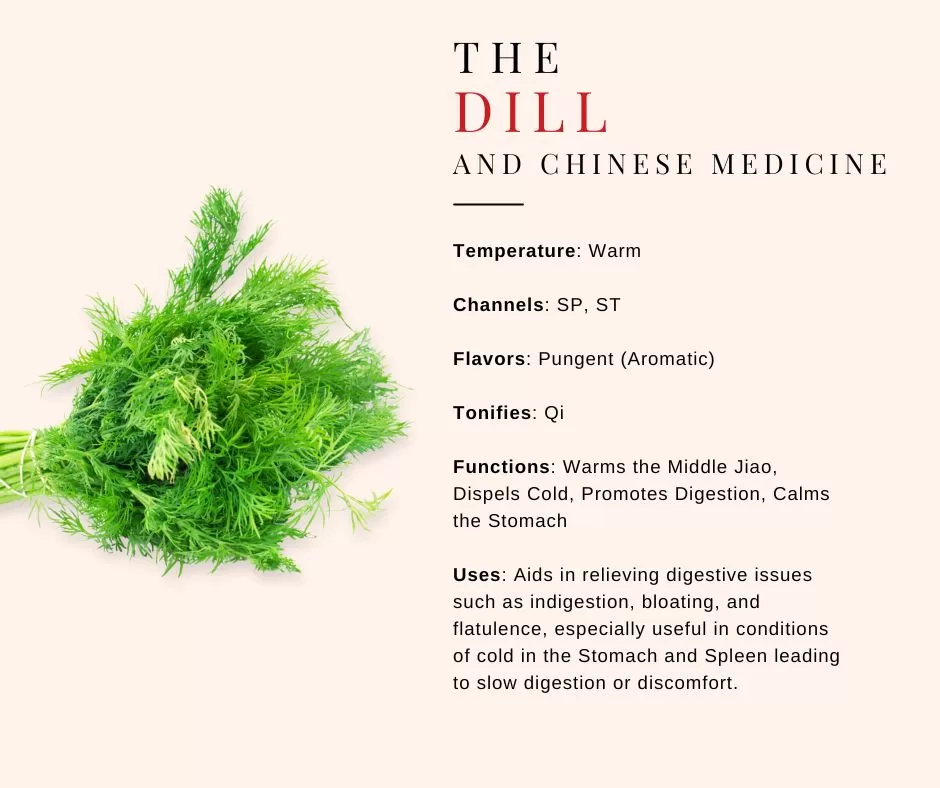
Food as Medicine – Dill
Dill, with its warm nature and pungent flavor, is excellent for warming the Middle Jiao and promoting digestion. It supports the Spleen and Stomach meridians, aiding in the relief of digestive discomfort such as indigestion and bloating. Furthermore, dill’s ability to dispel cold makes it particularly beneficial in conditions where digestive coldness leads to sluggish digestion, enhancing overall digestive well-being.
Lemon Dill Salmon
Bake salmon filets with a marinade of lemon juice, chopped dill, olive oil, salt and pepper. Dill is known for its ability to settle the stomach, and combined with omega-3 rich salmon, it makes for a heart-healthy meal.
Ingredients
- 2 salmon filets
- Juice of 1 lemon
- 1 tablespoon fresh dill, chopped
- Salt and pepper to taste
- 1 tablespoon olive oil
Preparation
- Preheat oven to 375 degrees Fahrenheit
- Place salmon on a baking sheet. Drizzle with olive oil and lemon juice. Sprinkle with dill, salt and pepper.
- Bake for 15-20 minutes, or until salmon is cooked through.
